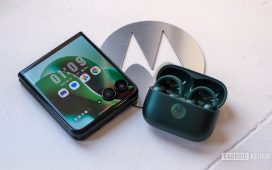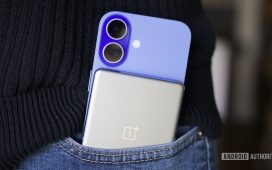OnePlus maintains its spotlight in the smartphone industry with the OnePlus 13. Its latest flagship is designed with a new camera system shaped from its continued partnership with Hasselblad and Snapdragon’s best silicon chip. Among its biggest competitors is the Pixel 9 Pro XL phone.
Google added a second Pro model to its Pixel lineup with a slightly larger footprint and a beefier battery for the first time. These two flagships signal a new phase in high-end phone performance within the Android ecosystem. Here are all the things that differentiate them.
Specs overview: OnePlus 13 Vs Pixel 9 Pro XL: What Is The Difference?
| Images: | ||
| Components | OnePlus 13 | Google Pixel 9 Pro XL |
| Display | 6.82″ LTPO AMOLED, 1440 x 3168, 120Hz, 4500 nits peak, Dolby Vision | 6.8″ LTPO OLED, 1344 x 2992, 120Hz, 3000 nits peak, HDR10+ |
| Processor | Snapdragon 8 Elite (3nm), Adreno 830 | Google Tensor G4 (4nm), Mali-G715 MC7 |
| RAM & Storage | 12/16/24GB RAM; 256GB, 512GB, 1TB (UFS 4.0) |
16GB RAM; 128GB, 256GB, 512GB, 1TB (UFS 3.1) |
| Back camera | 50MP wide + 50MP tele (3x) + 50MP ultrawide, Native 8K@30fps, 4K@60fps, Dolby Vision video recording |
50MP wide + 48MP tele (5x) + 48MP ultrawide, 8K@30fps (cloud upscaled), 4K@60fps, 10-bit HDR video recording |
| Front camera | 32MP front camera, 4K video support | 42MP ultrawide front camera, 4K video support |
| Battery | 6000mAh (Silicon-Carbon) | 5060mAh (Li-Ion) |
| Software | 100W wired, 50W wireless, 10W reverse wireless, 5W reverse wired |
37W wired, 23W wireless, 12W reverse wireless |
| Build & Extras | Android 15 (OxygenOS 15), 4 years OS updates, 5 years security patches | Android 14, 7 years OS update & security patches |
| Price | From $900 | From $1,099 |
Design
What grabs your eye first on the OnePlus 13 is the large circular camera module on the back, brushed with silver. It sits to the left and houses three lenses and a flash in a layout. The brand’s logo is beneath it.
The body is tall and measures 162.9 x 76.5 mm. It’s about 8.5mm thick, or 8.9mm if you choose the eco leather model. It weighs around 210 to 213g, and is unsurprisingly weighty because of the 6000mAh battery inside. We’ll get to that eventually.
But first, speaking of models, the OP13 has two back designs. You can either get the glass or silicone polymer (eco leather) options. The glass version feels premium and glossy, while the vegan leather just adds grip and texture. An aluminum frame ties it all together and it’s sealed with an IP68/IP69 rating.
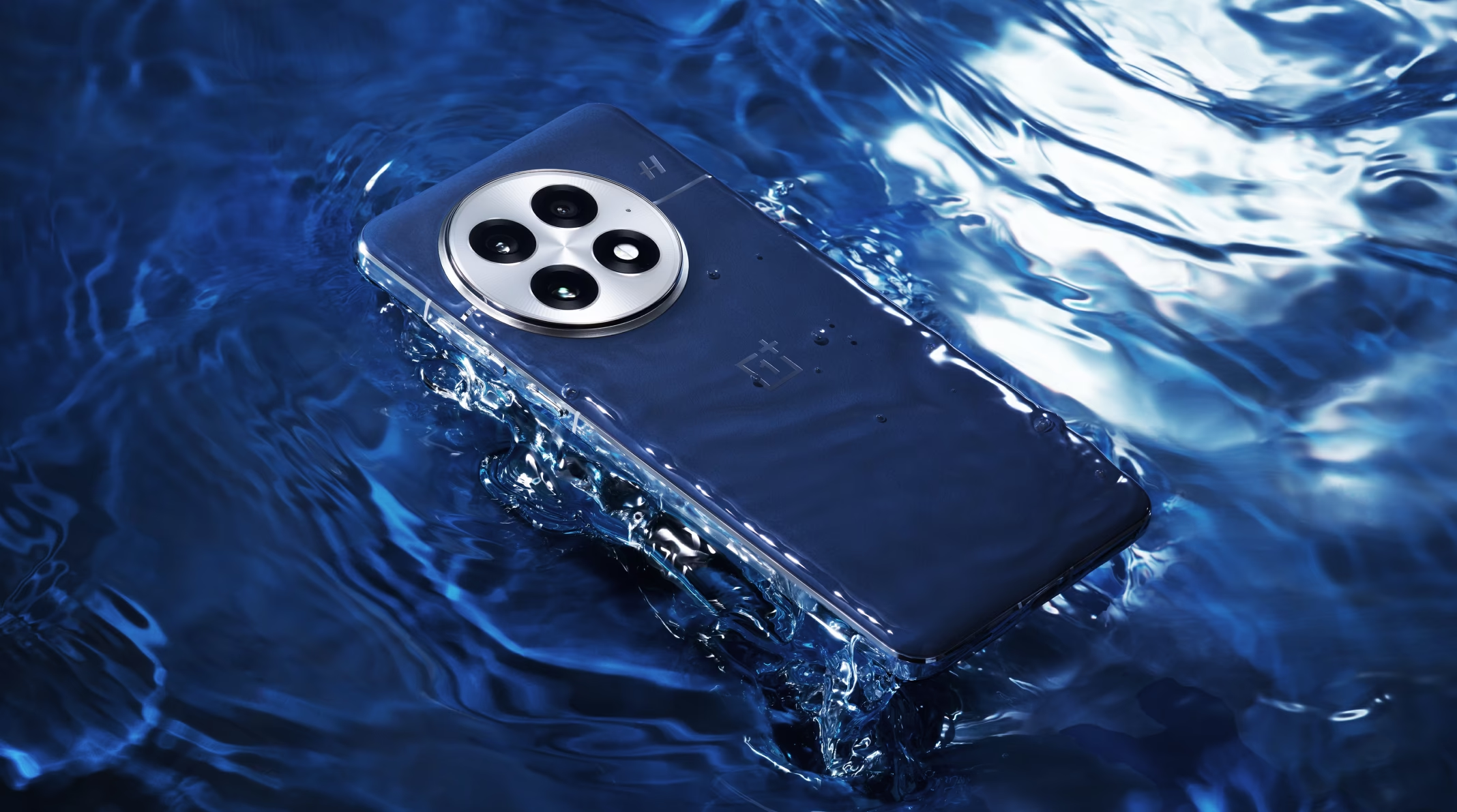

The phone is dust-proof and water-resistant, and it can even survive high-pressure water jets. You could take it deep into heavy rain or even drop it in a sink without panic. On the front side, the Ceramic Guard glass display has a punch hole camera cutout.
On the other hand, the Pixel 9 Pro XL has a backside that also makes a loud statement. It’s defined by the bold and horizontal camera bar that slices across the top. It sticks out and forms a ridge that runs from edge to edge. This bar holds Google’s triple camera system under a glossy black visor that contrasts sharply with the matte Gorilla Glass Victus 2 covering the rest of the back. The iconic G logo is centered on the lower half.
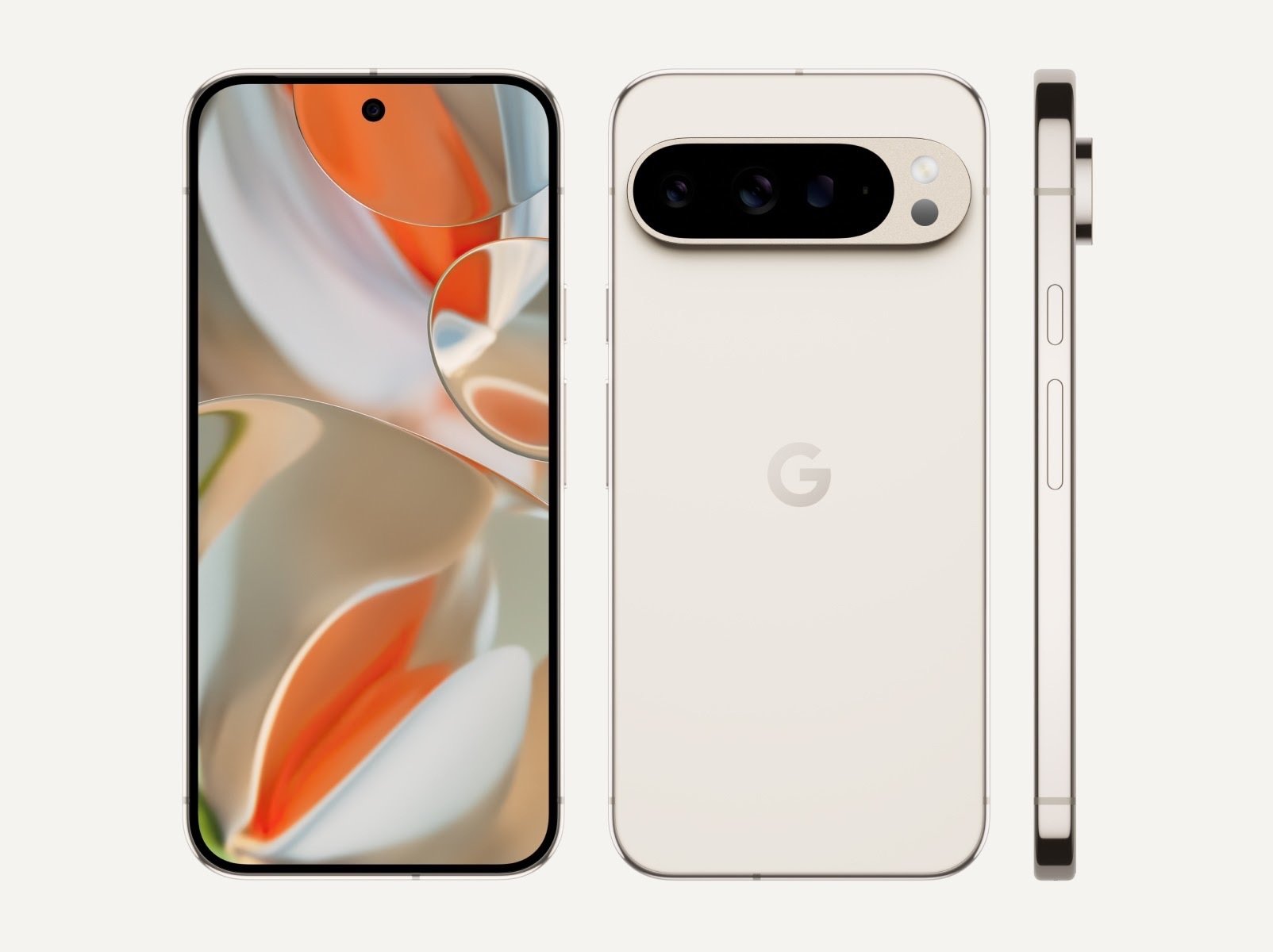

A flat aluminum frame holds it all together and forms pronounced curves at the corners, unlike the OP13. At 221 grams and 8.5 mm thick, the phone also feels denser in hand. The build is also protected with IP68 certification.
Now, beauty is in the eye of the beholder, so the choice of which phone looks better is in the hands of those who will use them. However, the OP13 has elegance in both glass and eco-leather backs. It’s also hard to deny the great contrast in textures for all colorways, the curved silhouette, and the polished aluminum frame.
OnePlus says that its Ceramic Guard front glass rivals and exceeds Gorilla Glass Victus 2 in strength, even if it’s not backed by third-party branding. The phone has an IP68 and IP69 rating, while the Pixel 9 Pro XL stops at IP68 and is not rated for pressure.
Related: OnePlus 13 vs Galaxy S25+ Comparison
Display
The OnePlus 13 has a 6.82-inch display panel that’s larger than the Pixel’s 6.8-inch screen and has a higher screen-to-body ratio at ~90.7% versus the Pixel’s ~88%. The bezels on the OnePlus are slightly thinner, and the curves along the edge feel more immersive. Meanwhile, Pixel sticks to a flat display, which most people prefer.
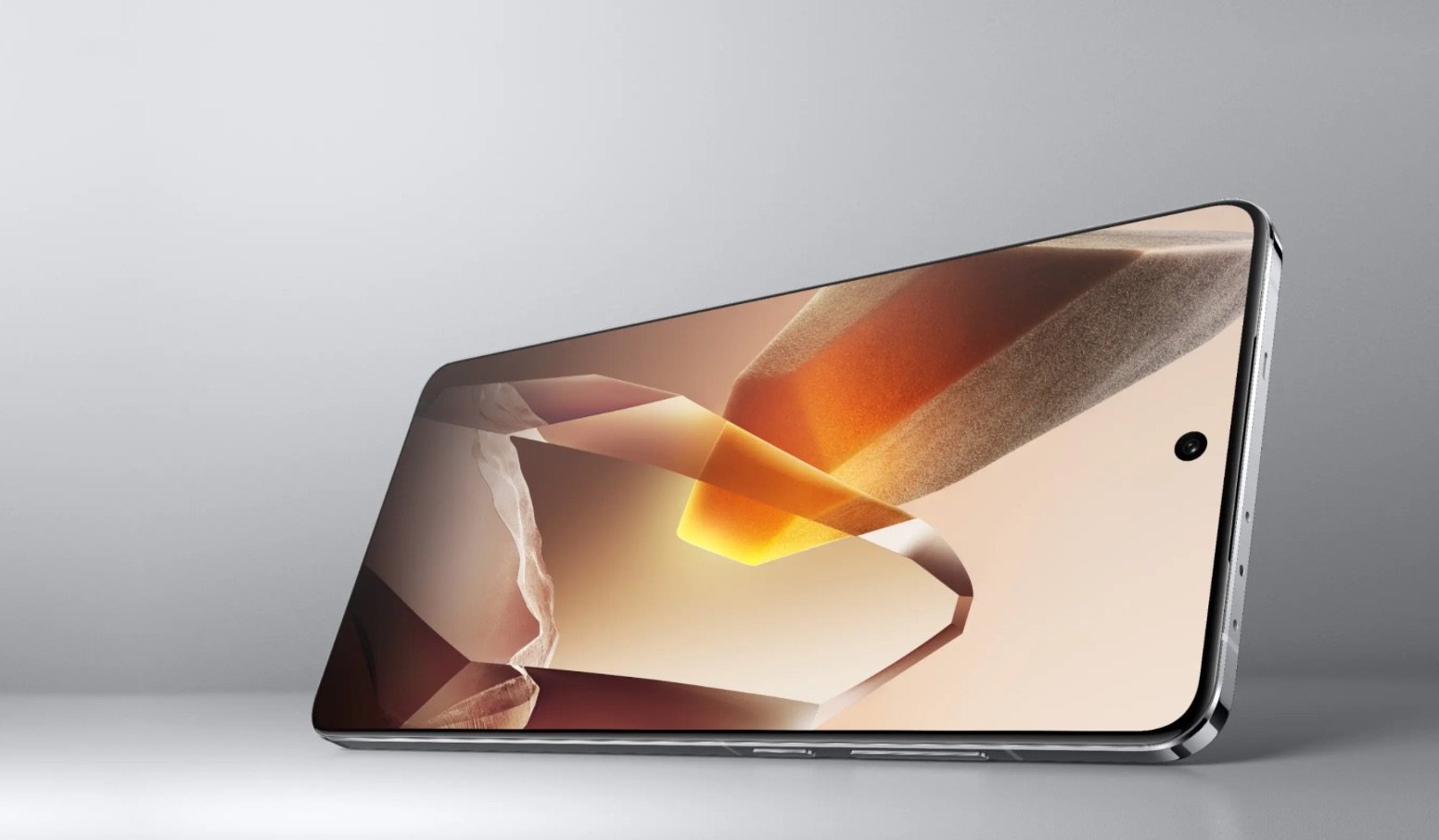

The Pixel 9 Pro XL uses Gorilla Glass Victus 2 protection, which is industry-leading and has some insane drop resistance on concrete and other hard surfaces. OnePlus 13 uses Ceramic Guard, a proprietary solution that offers better crack resistance than most glasses.
Again, the OP13 reaches an eye-watering 4500 nits peak brightness that cuts through glare and stays perfectly legible under bright sunlight. Its 1600 nits in high brightness mode (HBM) is also already beyond what most flagships deliver. The Pixel 9 Pro XL tops out at 3000 nits peak and 2000 nits in HBM, which is still incredibly bright. It just doesn’t go as hard as the OnePlus.
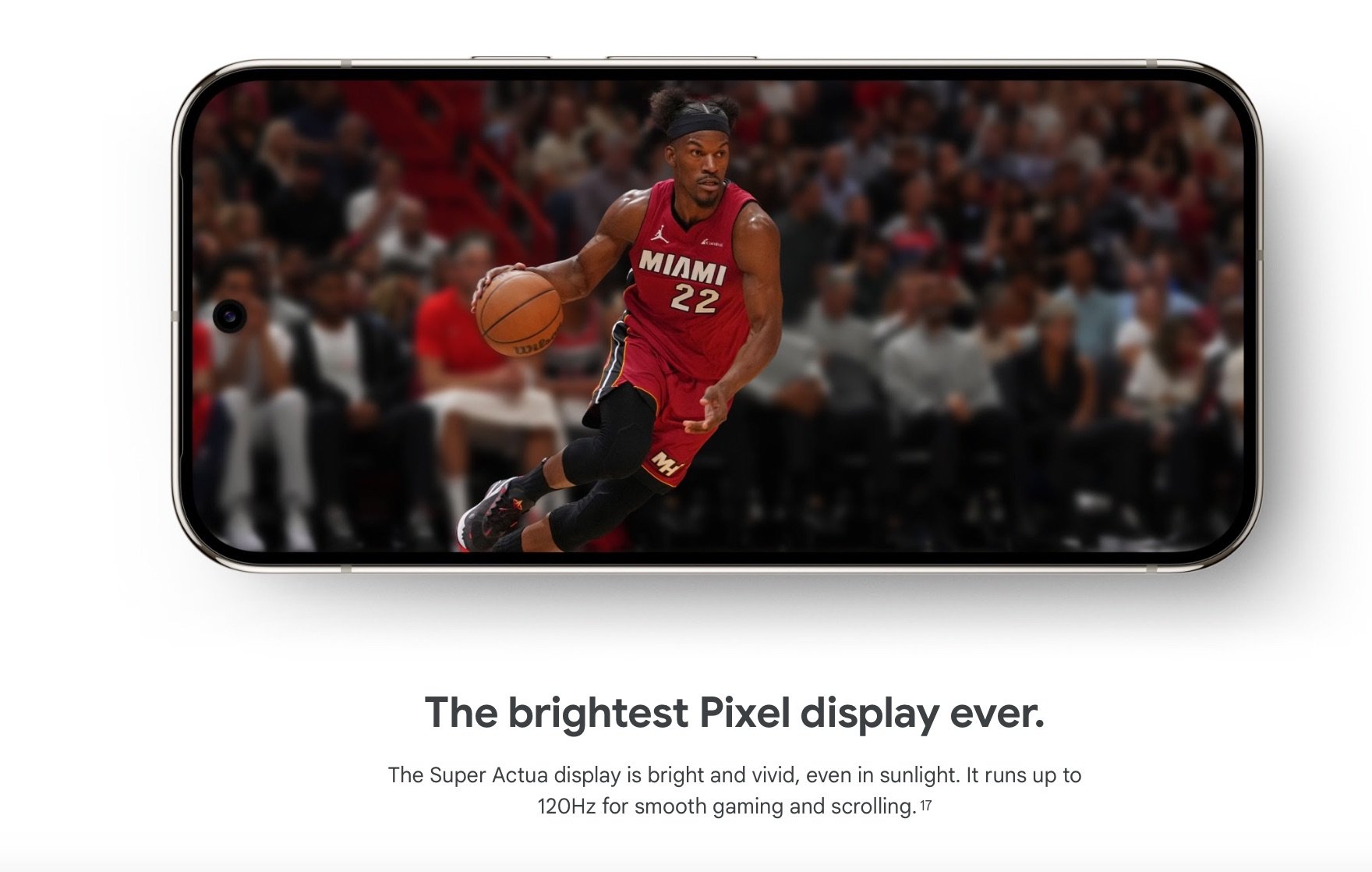

Both displays support HDR10+, but the OnePlus 13 has support for Dolby Vision, HDR Vivid, and Ultra HDR support. Pixel’s tuning, though, is more color-accurate out of the box. Google favors realism and gas always fights to give you what your eyes actually see. In detail, OP13 has a 1440 x 3168 resolution with ~510 PPI, while the Pixel 9 Pro XL reaches 1344 x 2992 with ~486 PPI. The OnePlus is technically sharper side-by-side.
Performance
The OnePlus 13 has terrific performance, and a big part of why it’s so comes down to its chipset. It uses the Snapdragon 8 Elite that’s built on a three nanometer process with smaller transistors and improved power efficiency.
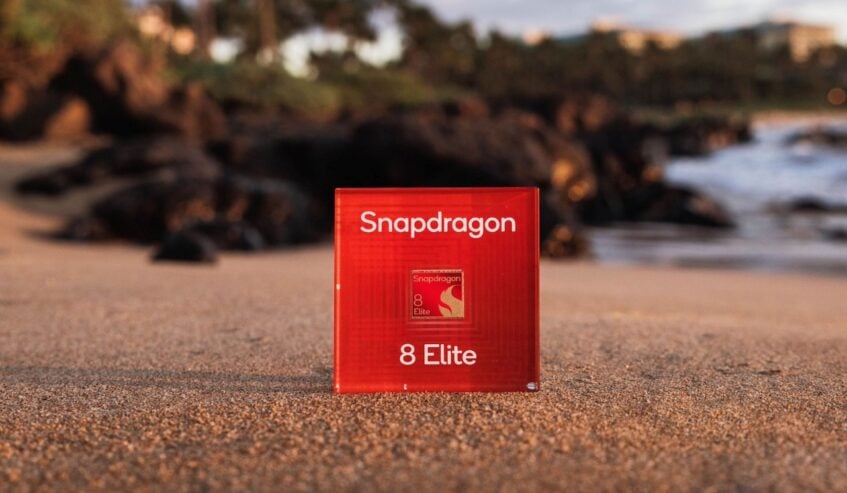

The CPU has two high-performance Oryon V2 Phoenix L cores clocked at 4.32GHz, backed up by six Phoenix M cores at 3.53GHz. The GPU is the Adreno 830, which has been optimized for high frame rates and complex graphics rendering.
In comparison, the Pixel 9 Pro XL uses Google’s Tensor G4. It’s built on a four-nanometer process and is slightly less efficient because it runs a more traditional setup. It has one high-power Cortex-X4 core running at 3.1GHz, three A720 cores, and four A520 efficiency cores. This layout is more tuned for balance and battery life, not pure power.
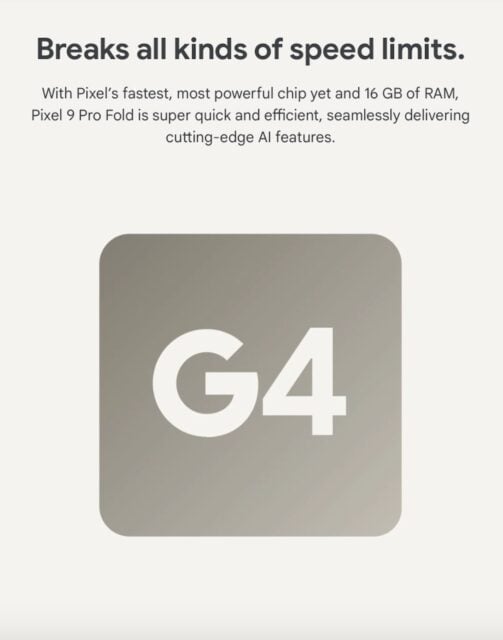

The Mali-G715 GPU is decent, but not in the same league as the Adreno 830. Once you push into more demanding tasks, frame drops and heat become more noticeable. If anything, the Pixel 9 Pro XL is more customized to handle all the fancy AI features Google has wrapped into the Android experience.
Memory
The OnePlus 13 starts with 256GB of UFS 4.0 storage paired with 12GB of RAM, already better than the base Pixel memory configuration. If you need more out of your phone, you can get higher versions of 512GB storage + 12GB or 16GB RAM and 1TB storage + 24GB of RAM. Particularly, the 24GB RAM option is overkill in the best way.
The Pixel 9 Pro XL is more restrictive. Every variant comes with 16GB of RAM, which is a good start. However, one beef I have with Google concerning the Pixel 9 Pro XL is that the memory option starts at 128GB of storage. At this price point, and with its Pro XL branding, 128GB is limiting, especially since there’s no SD card slot for you to expand storage later on.
If you didn’t already know or aren’t too familiar, Google offers storage through its cloud-based services, particularly Google One. It allows cloud backups for photos, files, and device data. Google is clearly trying to make you opt-in for their subscription, which you’ll have to take seriously if you don’t want those unexpected costs springing up in your face. That said, there are other storage options, including 256GB, 512GB, and 1TB storage.
Battery
The OnePlus 13 uses a large 6000mAh battery with a Silicon-Carbon (Si/C) chemistry. It’s more energy-dense than standard lithium-ion, allowing OnePlus to fit more power into a similar space. It’s a big win if you want long battery life without feeling like you’re carrying around a brick.
That 6000mAh cell translates to multi-day usage and full-day endurance with some power to spare after. The phone supports 100W wired charging and 50W wireless charging with the Qi2 standard, as well as reverse wireless charging at 10W and reverse wired charging at 5W. Interestingly, no magnets are built into the phone, so you’ll need to buy a case with magnets.
In the Pixel’s corner, you’re getting a more thoughtful battery setup, with a smaller battery capacity of 5060mAh. But it’s paired with Google’s adaptive software that manages power intelligently in the background. Apps you don’t use get paused, and the system is bent on learning your habits over time to stretch out battery life.
Charging speed maxes at 37W wired, 23W wireless (with the Pixel Stand), and 12W on regular Qi wireless chargers. It’s disappointingly slow, but also gentler on the battery. The Pixel also supports bypass charging with a “Limit to 80%” mode. When enabled, the phone draws power directly from the charger instead of through the battery to preserve battery health over time.
Cameras
The OnePlus 13 and Pixel 9 Pro XL have triple-camera systems on the rear and a single selfie camera in the front. The OP13 has a 50MP main camera, another 50MP periscope telephoto with 3x optical zoom, and a 50MP ultrawide lens with a 120° field of view.
The Pixel 9 Pro XL has a 50MP main sensor, another 48MP periscope telephoto camera with 5x optical zoom, and a 48MP ultrawide camera with 123° FOV. The phones are evenly matched, but the Pixel has a bigger sensor size on the main camera. Bigger sensors generally mean better light intake, which translates to stronger low-light performance and richer depth. Google’s main sensor is 1/1.31 inches vs 1/1.43 inches on the OnePlus 13.
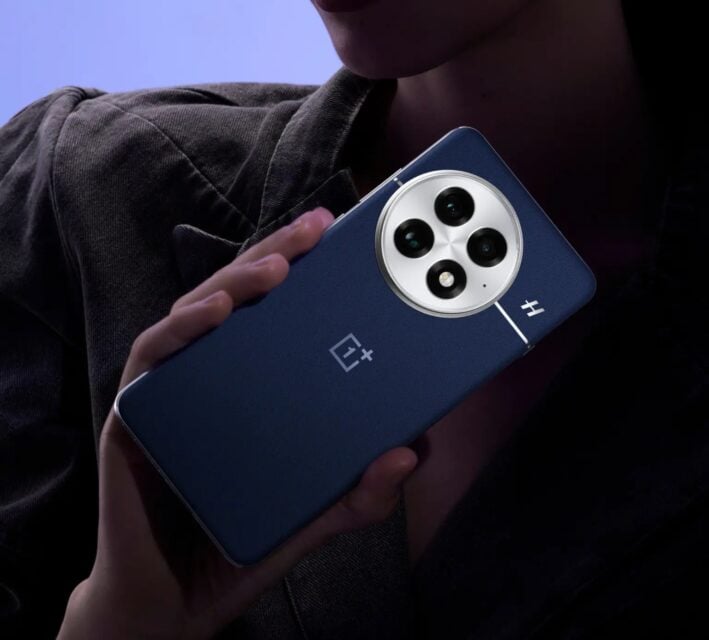

The Pixel also has a 5x periscope zoom that gives you an optical reach to longer distances. Google pairs that with Zoom Enhance and computational sharpening features that add up to 30x more hybrid zoom performance.
Both phones have ultrawide cameras with roughly 120° FOV, but the Pixel’s ultrawide sensor is larger at 1/2.55 inches and faster at an f/1.7 aperture. OnePlus has partnered with Hasselblad for its color calibration, and you’ll notice more cinematic tones with warmer highlights and punchier reds. It looks vibrant, and in some cases, too vibrant for its own good. The saturation in color, from reds and oranges to skin tones, is over the top.
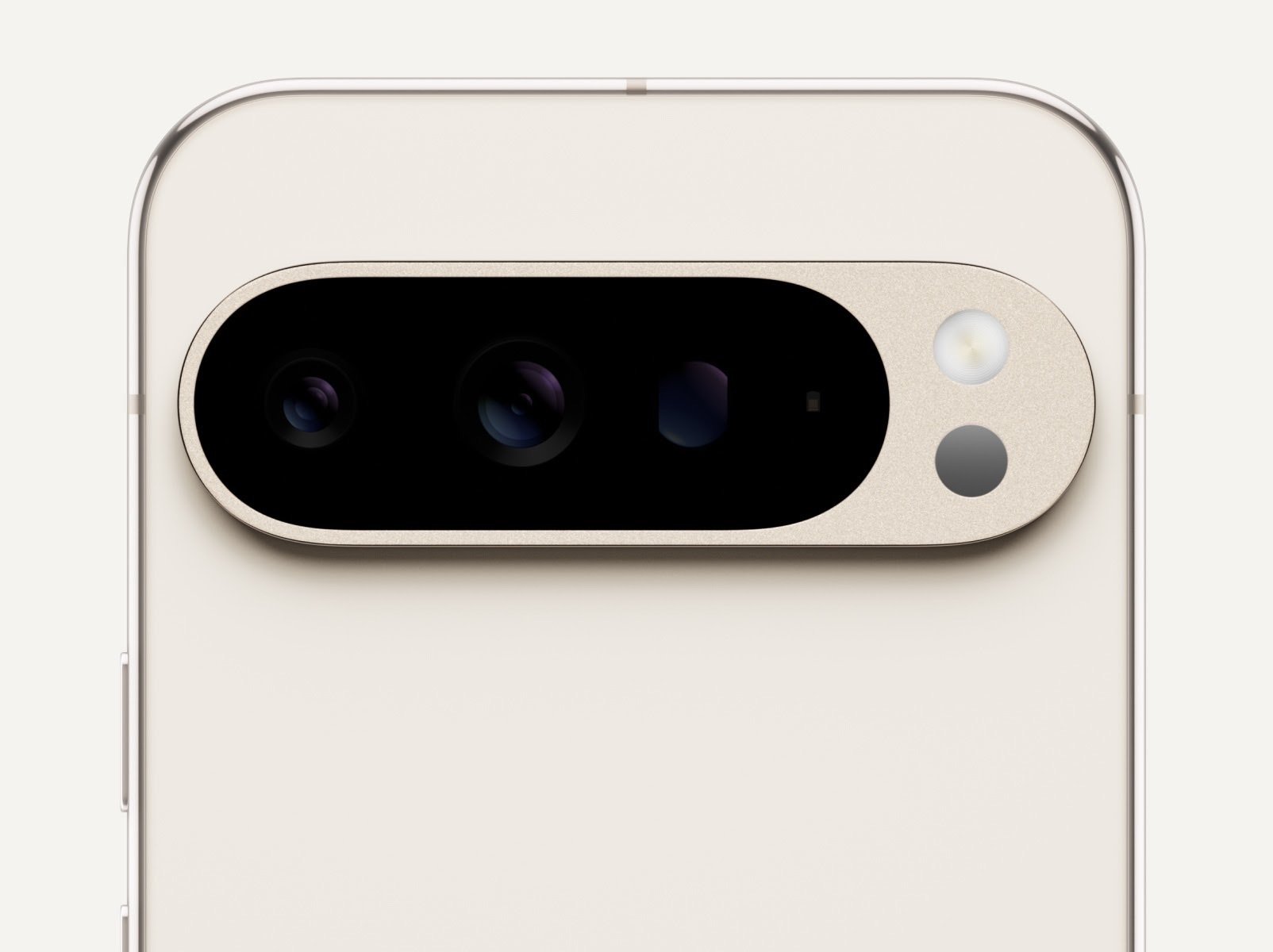

On the other hand, the Pixel 9 Pro XL’s computational photography just proves to be the best in the industry. It brings a true-to-life toning on everything and the software is great at balancing shadows and highlights flawlessly. On the OP13 is a 32MP front-facing sensor while the Pixel 9 Pro XL has a 42MP sensor with a noticeably wider lens. It’s a proper ultrawide front camera where you can fit in more friends, background, and just enough space around your face.
In video recording, however, the OP13 can shoot up to 8K at 30fps natively without software tricks or cloud upscaling involved. The OP13 also records in 8K at 30fps, but not natively from the sensor. Instead, it records in lower resolution around 4K and then uses AI and software to boost it to 8K. Ultimately, it relies on Google’s servers and you get a faked high-res file labeled as 8K. The actual detail and sharpness aren’t the same as native 8K from OnePlus.
Software and features
The software experience on the OnePlus 13 and the Pixel 9 Pro XL is where you really start to see how the same Android software can look and operate differently on two phones. You’ll also see how long the companies behind them intend to support you throughout use.


The OnePlus 13 ships with Android 15 out of the box, layered with OxygenOS 15 outside China or ColorOS 15 in China. It promises four major Android version upgrades and five years of security updates. That means the phone will receive up to Android 19 and get patches for a while after.
OxygenOS itself has grown into a highly customizable skin. With built-in and advanced options like OnePlus Labs, you can tweak animations, icons, colors, lock screen layouts, and even battery behavior.
But it’s not as clean as the stock Android anymore. Over time, OnePlus has moved toward adding more features inspired by Oppo’s ColorOS, especially since both are under the BBK umbrella.
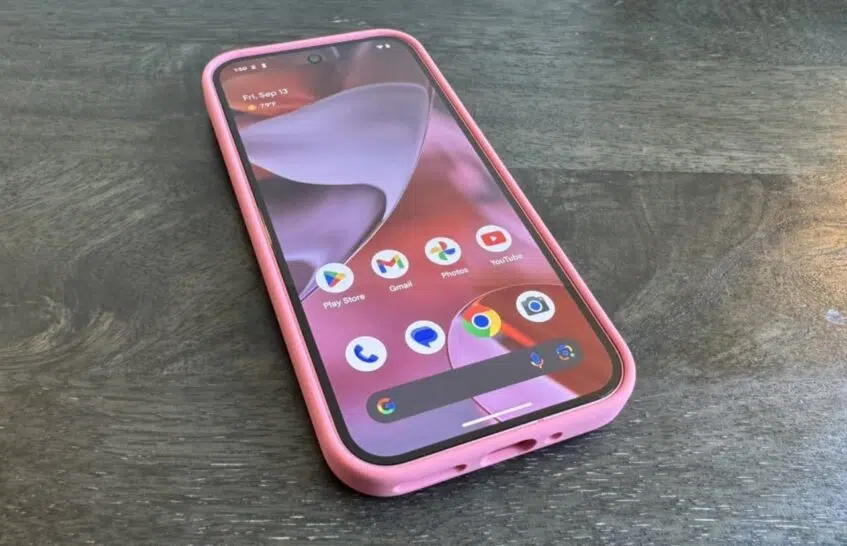

Meanwhile, the Pixel 9 Pro XL comes with Android 14 and a guaranteed upgrade path to Android 15 with up to seven major Android version upgrades and security patches in total. That is, support all the way up to Android 21. Very few phones match it, aside from Samsung’s Galaxy S24 and S25 series phones. The Pixel also runs a bloatware-free version of Android that is tied to Google’s newest AI features, including Circle to Search, Call Screen, and smart text input
Which phone should you buy?
The OnePlus 13 is the better phone overall, no doubt. It outperforms the Pixel 9 Pro XL in almost every technical category. It has the faster chipset, more RAM, longer battery life, quicker charging, native 8K recording, and more advanced display specs. It’s a true flagship through and through.
But I’d still buy the Pixel 9 Pro XL because phones aren’t merely about specs. They’re about how they make you feel. So it really does come down to personal preferences and beauty being in the eye of the beholder. Insane as it sounds, the Pixel’s horizontal camera bar aligns with the aesthetic I prefer, unlike the off-center module on the OP13 that drives me crazy.
The Pixel also leans toward realism in photos and color science, has a more visually appealing UI, and of course, longer updates for someone who can’t afford to swap phones every now and then. As someone who doesn’t need much beyond a great camera and smooth day-to-day use, the phone is more than enough. But if you’re the kind of user chasing frame rates or constantly pushing your phone to the edge then the OP13 is better suited for you.




